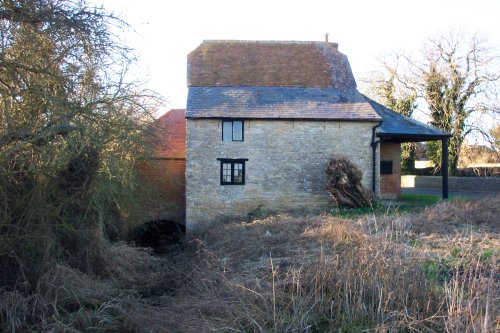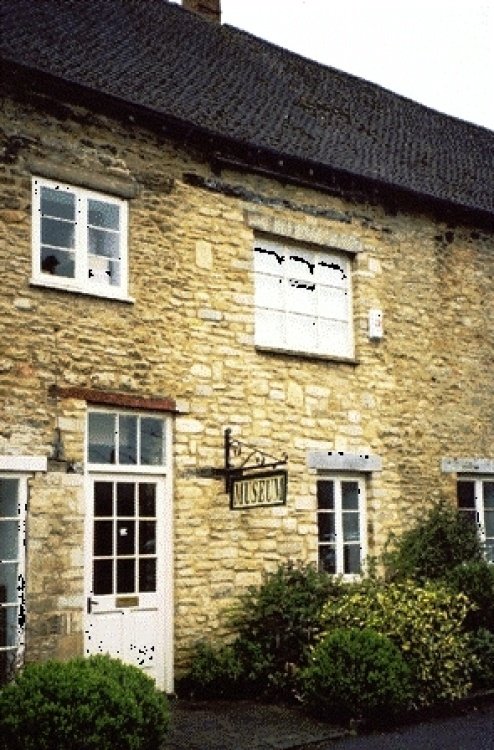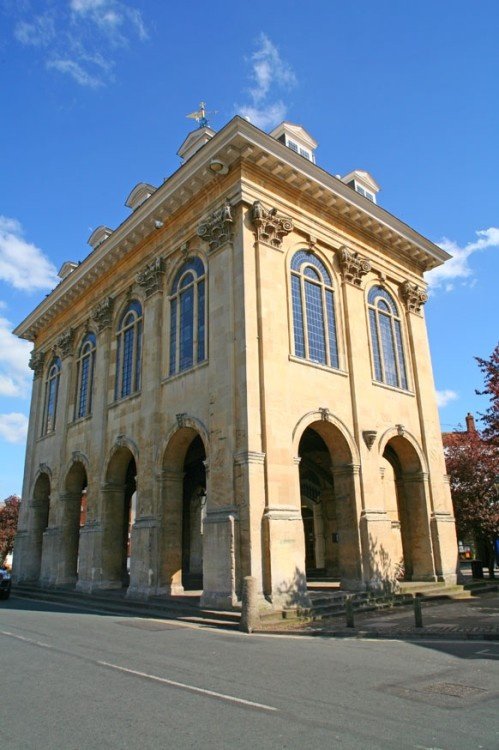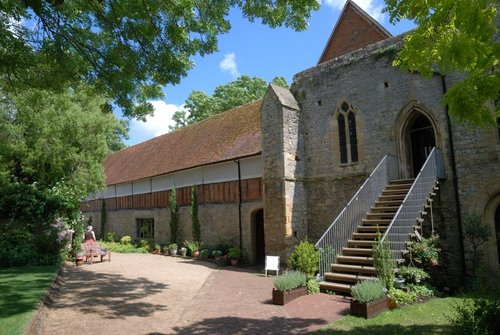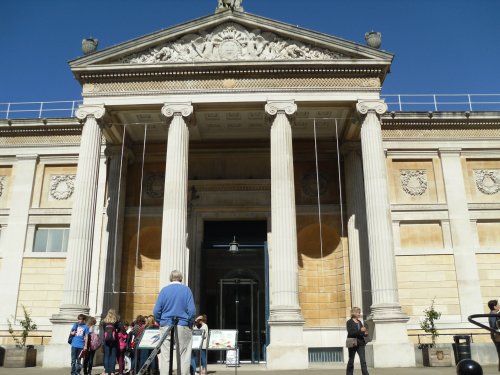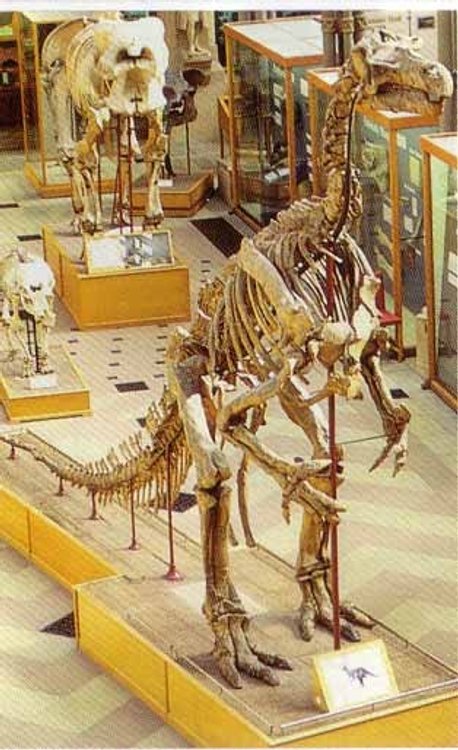Pictures of Newbridge
About Newbridge
Stunning scenery surrounds this idyllic backwater where the Thames meanders through marshy, wildlife inhabited countryside. Not much disturbs the peace, as apart from the river and the interest of Northmoor Lock, there is litle else to admire other than the lovely Windrush river, which from its source near the village of Cutsdean has surged between cottages at Bourton-on-the-Water and drifted along Willow clad and reeded banks to join with the lively waters of the Thames. The Windrush recognised as one of the most beautiful of all the English rivers, its waters contain Roach, Dace, Perch, Chub, and even Brown Trout are not unknown.
13th-century Benedictine Monk's built the ancient six arched bridge spanning the river at this point. It is the second oldest bridge crossing the Thames, it was also the scene of skirmishes during the turbulent Civil War.
There are several interesting riverside inns along this lovely stretch The Rose Revived and The Maybridge, being just two that for decades have opened their door to boaters and fishermen.
Apart from the great deeds of history the Thames has witnessed it has also seen its share of romance. A romantic story surrounds Hart's footbridge, a short distance from Newbridge. In the 18th-century whilst attending Oxford, the 2nd Viscount Ashbrook met and fell in love with a young lady called Betty and was the daughter of the lock-keeper. In the face of adversity, love triuphed, the couple married in 1766 and remained happily so for 18 years, parting only at the Viscount's death.
The Ferry Inn at Bablock Hythe runs a passenger service for customers. Dating from Roman times, Bablock Hythe is one of the oldest Thames crossings. A vehicle ferry operated here until 1986. The Ferryman, viewed against the backdrop of the rivers tree lined banks, presents an attractive, eye catching picture.
As the river serenly glides towards Oxford, it passes Stanton Harcourt, once seat of the Harcourt family. It was here in the peace of the English countryside, the poet Alexander Pope wrote his famous translation of Homers IIiad. The Harcourt family seat was removed to Iffley in 1756 when Lord Harcourt built Nuneham House.
A nunnery once flourished on the banks of the Thames at Godstow, near Wolvercote. The convent ruins are near to Godstow Bridge. It is said to be the place where 'Fair Rosamund' mistress of Henry II lies buried. On the opposite side of the river is the picturesque Trout Inn.
The river glides majestically through Oxford, city of dreamy spires and ancient college buildings. Endowed with glorious architecture from almost all periods in history, Oxford is one of England's most beautiful treasure houses. Here, the river plays its part in University life, the Oxford boat crew can often be seen training for the Oxford and Cambridge boat race. In the past the river was central to student life, when for relaxation, undergraduates accompanied by a pretty girl, floated romantically downriver in a punt.
At Iffley, the Cherwell converges with the Thames. A lock was first built here in the 17th-century. The present lock was rebuilt in 1924. Sandford-on-Thames is an old village, it was mentioned in the Doomsday Book of 1086. Sandford Manor, now a luxury hotel, was given to the Knights Templar by Thomas de Saunford in 1240. Of interest here is the beautiful church dedicated to St.Andrew. The church was founded in 1080 and rebuilt in 1840. The once Benedictine convent is now The Priory Pub. Sandford Lock has the deepest fall above Teddington lock. There was a fully working paper mill here until late in the 20th-century. Those who choose to stop and explore will find Sandford a lively place with lots going on.
The village of Nuneham Courtenay lies a short distance from the Thames path. Built in the 18th-century by Lord Harcourt, the present village replaces one which stood closer to the river. It is a pretty place, showing rows of cottages 'typical' of the period. Part of the University Arboretum occupies the former Nuneham Courtenay estate gardens designed by Lancelot Brown. The Arboretum is open to the public.
The now bustling town of Abingdon grew from what was once a Stone Age settlement on the banks of a bend in the Thames. The architecture we see today is mainly 18th-century with interesting almshouses of the 17th-century. St. Helen's church was begun in 1100 and at 10ft wider than it is long, is the second widest church in England. A gatehouse remains from what was once a Benedictine abbey and there is much to see from the days when Abingdon flourished as a medieval 'wool' town. At Swift Ditch, a short distance away, you can see the only standing remains of three early 17th-century pound locks.
Impressive Clifton Hampden Bridge is a seven arched bridge built by Sir George Gilbert Scott-who famously built the Albert Memorial commemorative statue, is just down river from Clifton Lock. The village, overlooking the Thames, is known for its thatched cottages and St.Michael and All Angels, a church of the 13th-century whose splendid spire can be seen for miles around. Interestingly, parts of the Barley Mow pub date from 1350 - the pub was mentioned in Jerome K Jerome's 'Three Men in a Boat' when he described it as the quaintest old-world inn up river.
Historically, the Roman town of Dorchester-on-Thames was once one of the most important towns in the Thames Valley. It commanded the junction of the Thame and the Thames. Set amid lush English countryside, the town is enviable for a quaint mixture of ancient buildings, including The White Hart Hotel which dates from the 17th-century. Dorchester Abbey, the fine abbey church dedicated to St.Peter and St.Paul has been a place of worship for over 1300 years. Unfailingly beautiful, the church shows magnificent stained glass, impressive carving and a unique lead font dating 1170. There are beautiful riverside walks and some famous spots affording good opportunities for watching birds and the wildlife of the river. Excellent for boating.
Cast across the waters in one of the loveliest reaches of the Thames, is a handsome bridge built early in the 19th-century. Shillingford Bridge was built in a romantic age when travel was by horse-drawn coach and carriage transport. The coaches were usually heading for Benson which was a renowned centre for resting and changing horses. Some of the old coaching inns remain to this day.
A beautiful balustrade sets off the exceptional seventeen arched bridge of medieval origin at Wallingford. The waters either side of the bridge are lined with a variety of colourful pleasure craft, whilst on the far side of the bridge, in the misty distance the lofty spire of St.Peter's church can be seen. It was added to the church in 1777 by Sir Robert Taylor.
